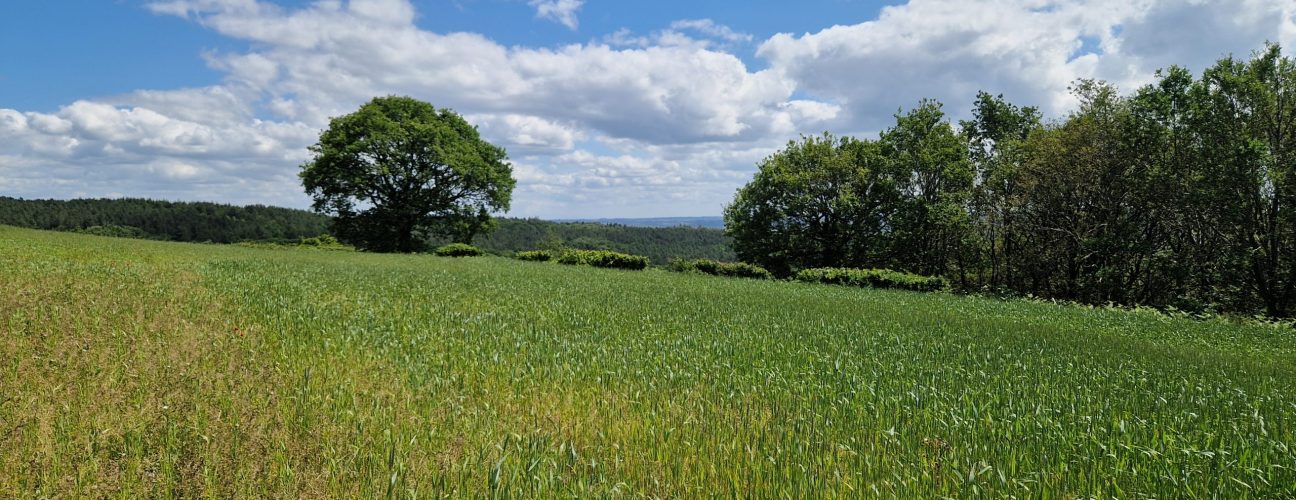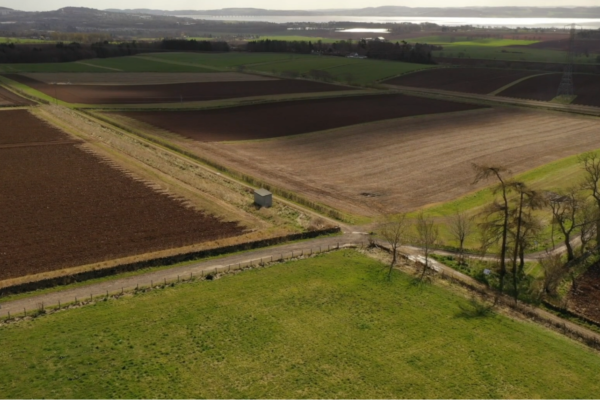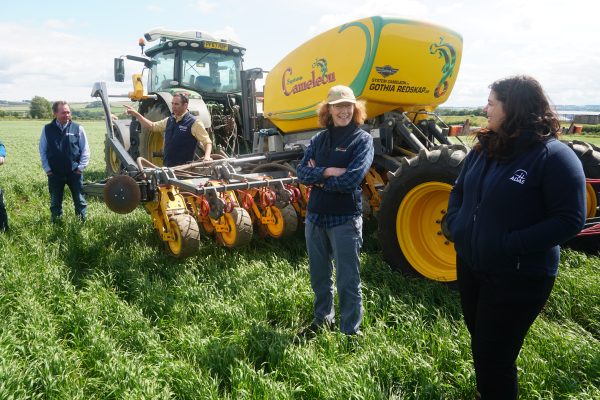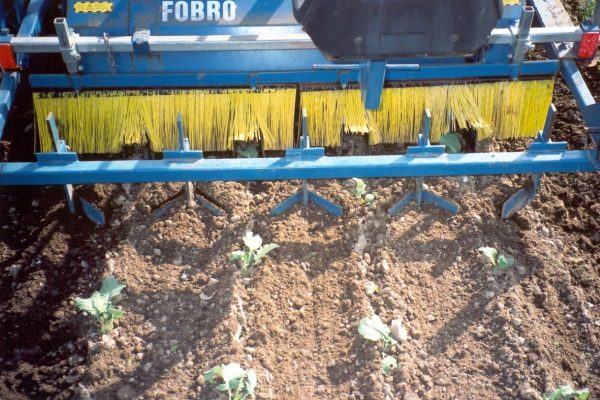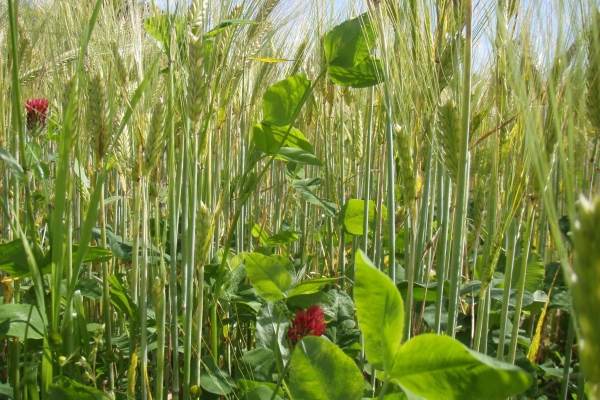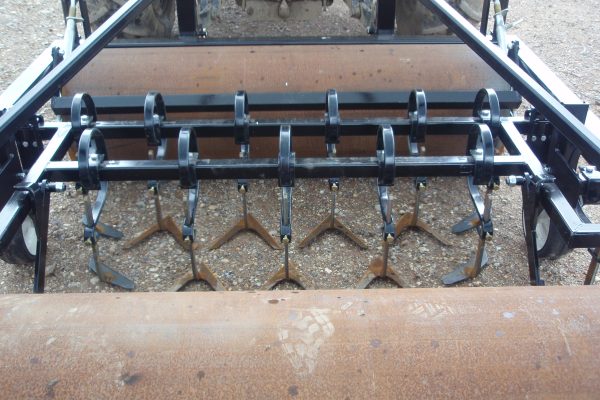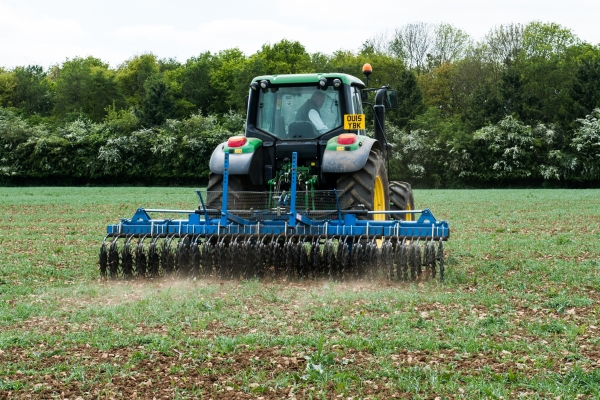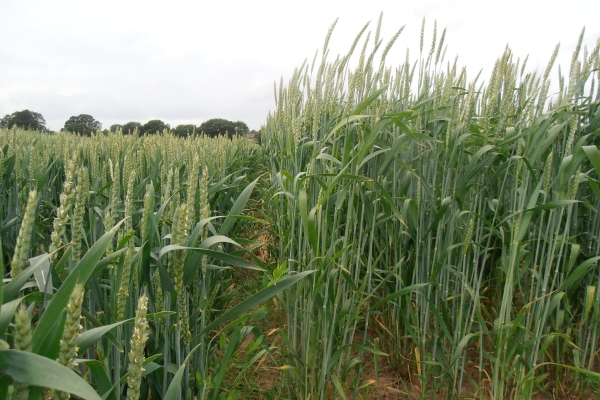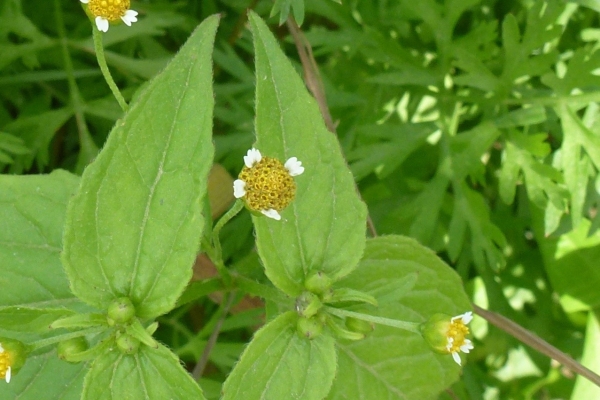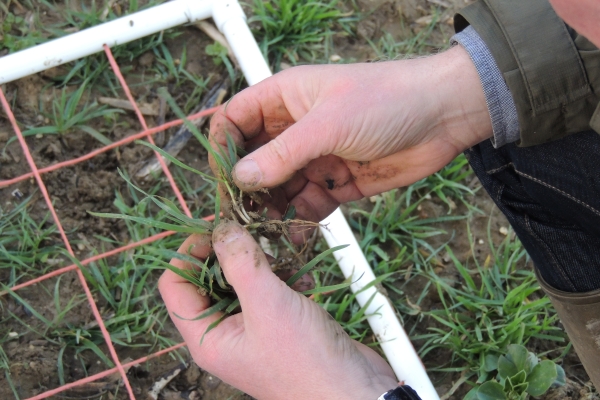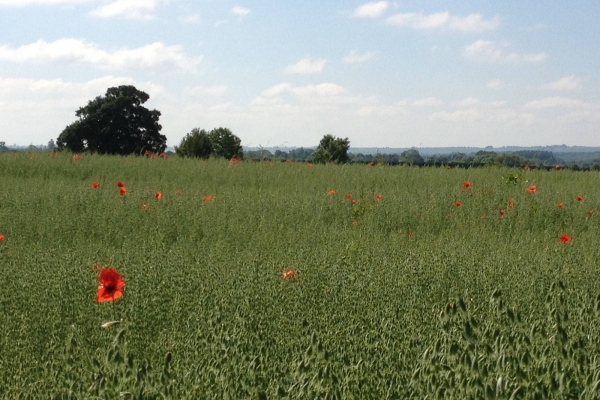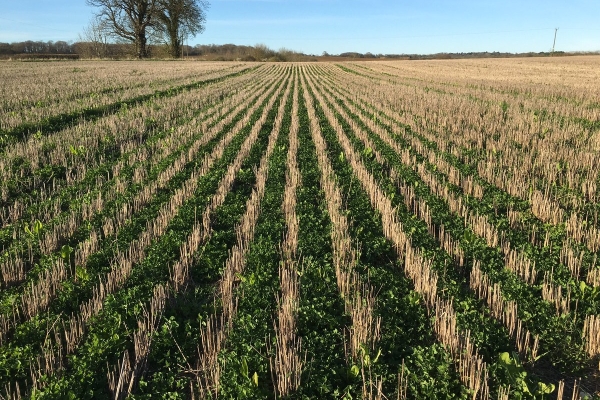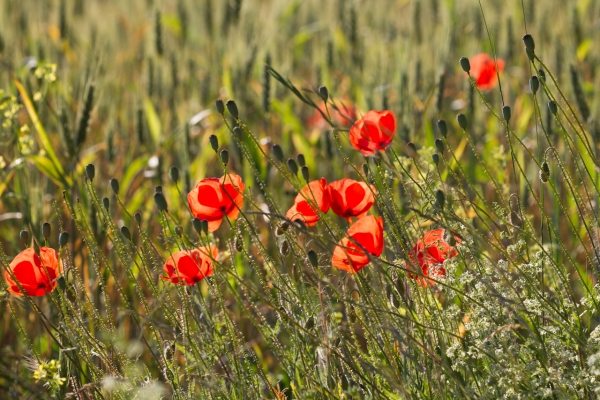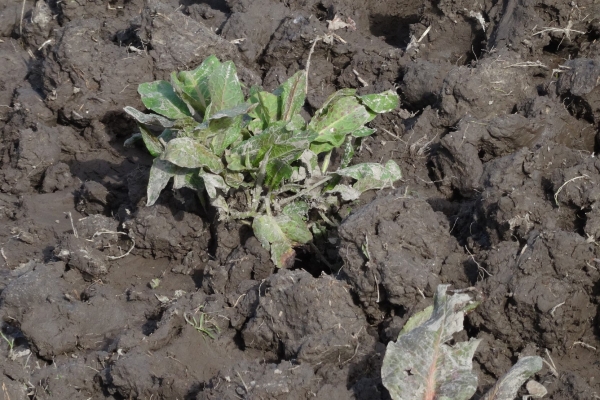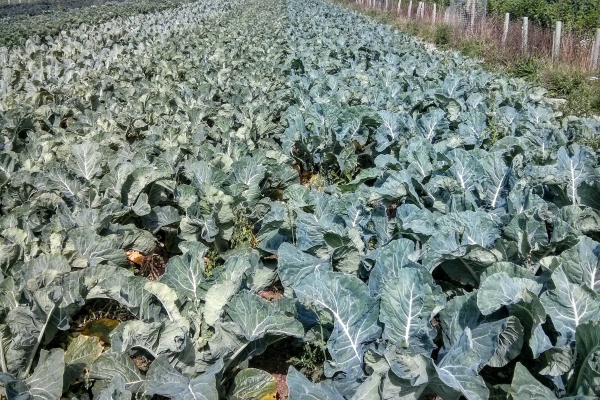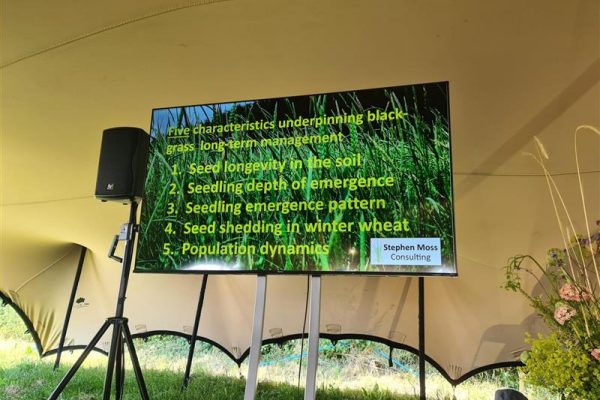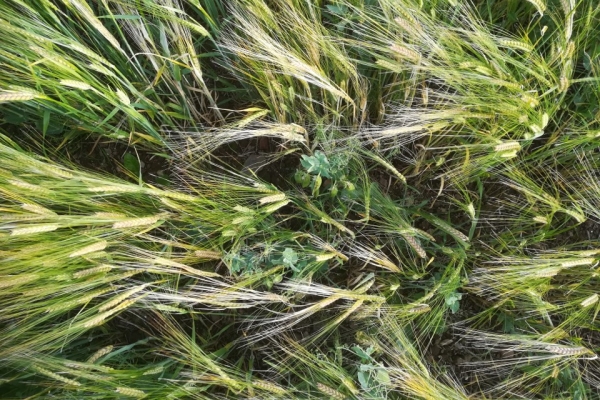Bio4Ag Toolbox Indicators: emerged weeds
Resource explained
This is one of a suite of pdfs produced by the James Hutton Institute relating to the Centre for Sustainable Cropping (CSC) long-term experiment, where different management interventions are combined in a single cropping system with the aim of optimising environmental protection, soil health, biodiversity and crop productivity. It details results from the experiment and practical guidance on how farmers can assess in-field weed diversity. It highlights that weeds are an important component of biodiversity, providing resources for beneficial insects and food webs, but can also be a significant burden to crop yield. ‘Traditional’ weed management commonly encourages highly competitive and resistant species which are difficult to control, and results in declining biodiversity and ecosystem function. The CSC cropping system uses a semi-targeted approach, omitting pre-emergence herbicides and targeting post-emergence sprays only where weed burden becomes an issue. Defining the optimal density and composition of weed flora that supports a healthy agroecosystem without having a detrimental impact on crop yield or product quality is the challenge.
Findings & recommendations
- Tolerance of some weed cover within fields is essential for biodiversity conservation and the maintenance of within-field processes.
- Arable cropping makes up about 20% of the total UK land area and is largely mono cropped with little or no understorey flora, therefore it represents a massive opportunity for reversing biodiversity loss and enhancing system functions.
- A primary goal for integrated weed management is to balance potential loss of yield against benefits for biodiversity by targeting competitive weeds but maintaining viable populations of beneficial species below competition threshold.
- More research is needed to identify management options that can reliably achieve low density, stable communities of functionally diverse arable weeds.
- Counts of the number of broadleaved and grass weeds across arable fields can be used to estimate the availability of resources for farmland biodiversity and assess the potential risk through the growing season to crop yield and quality. The target and major challenge is to maintain about a 10% cover of beneficial broad-leaved species that have high wildlife value but low competitive index.
Find out more about the Centre for Sustainable Cropping and access other Bio4Ag Toolbox pdfs here.
